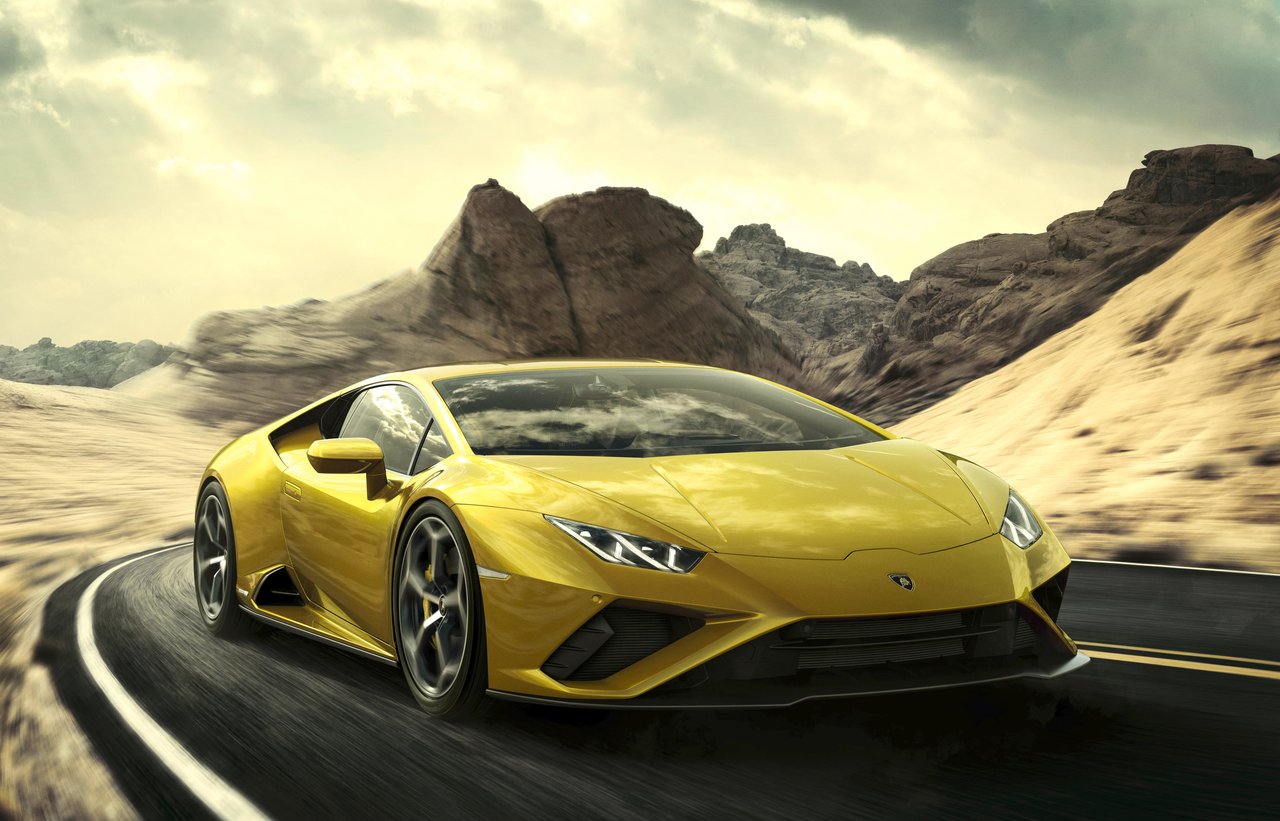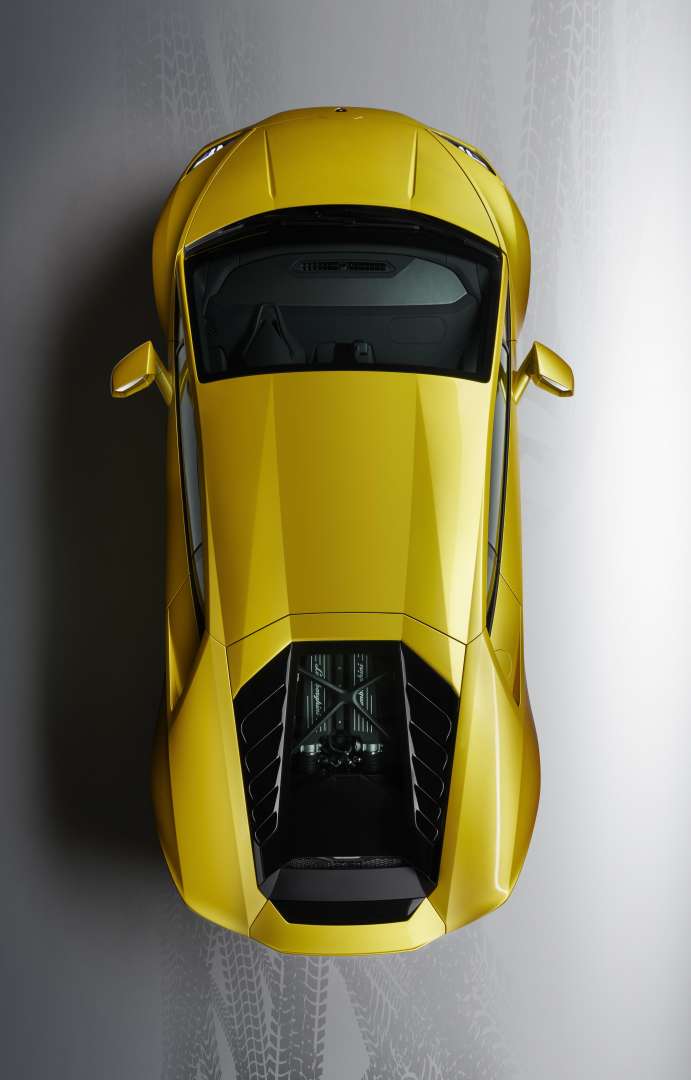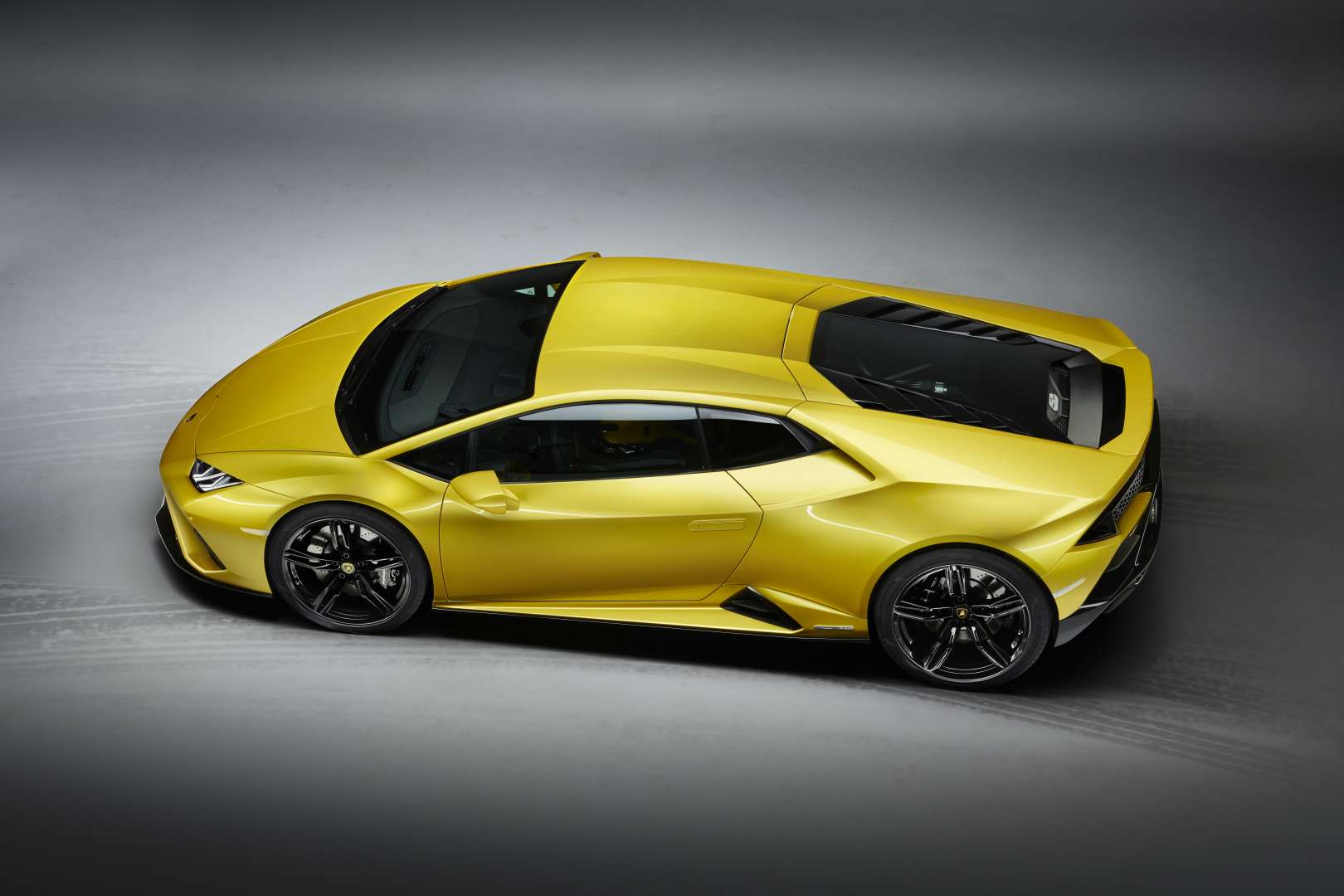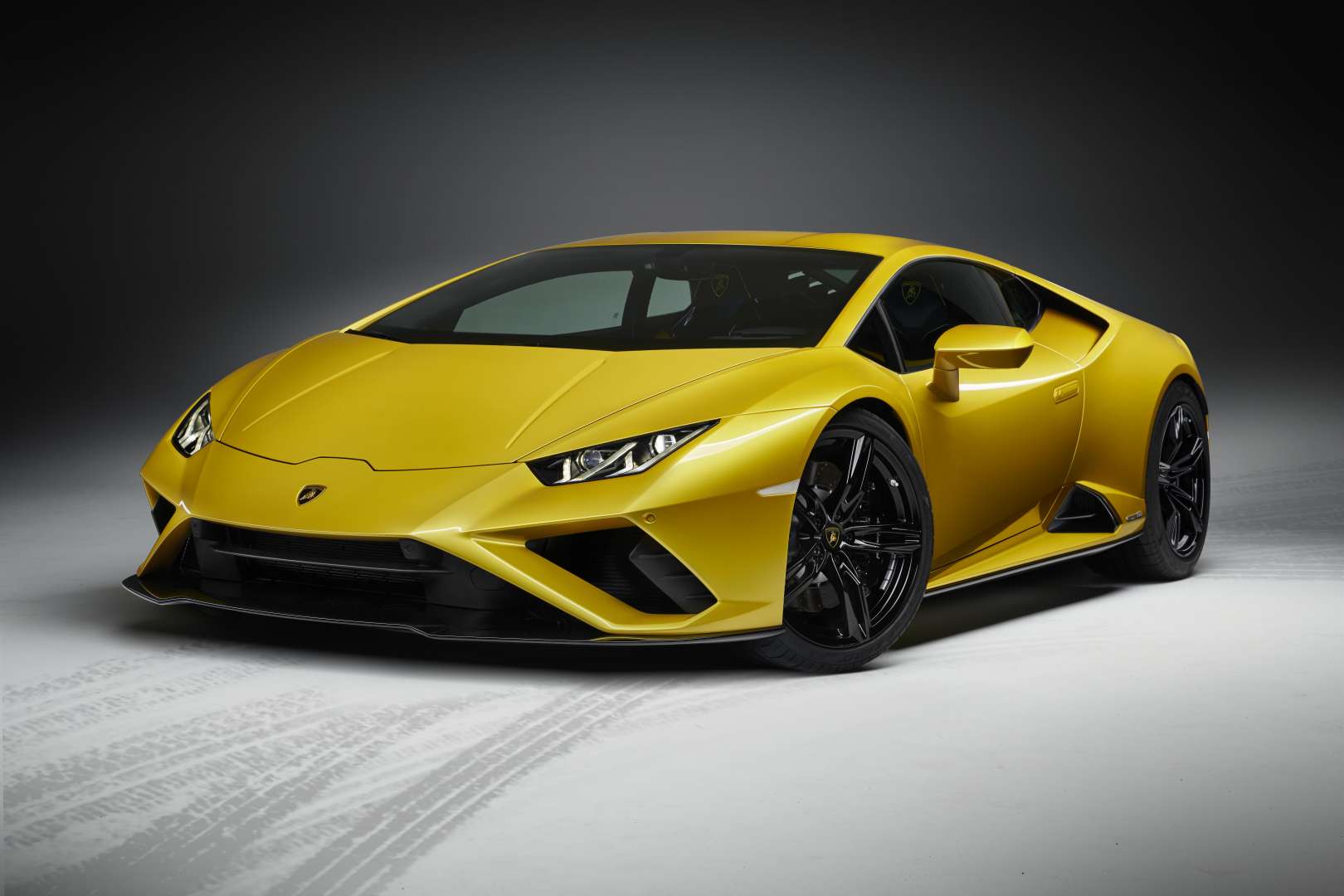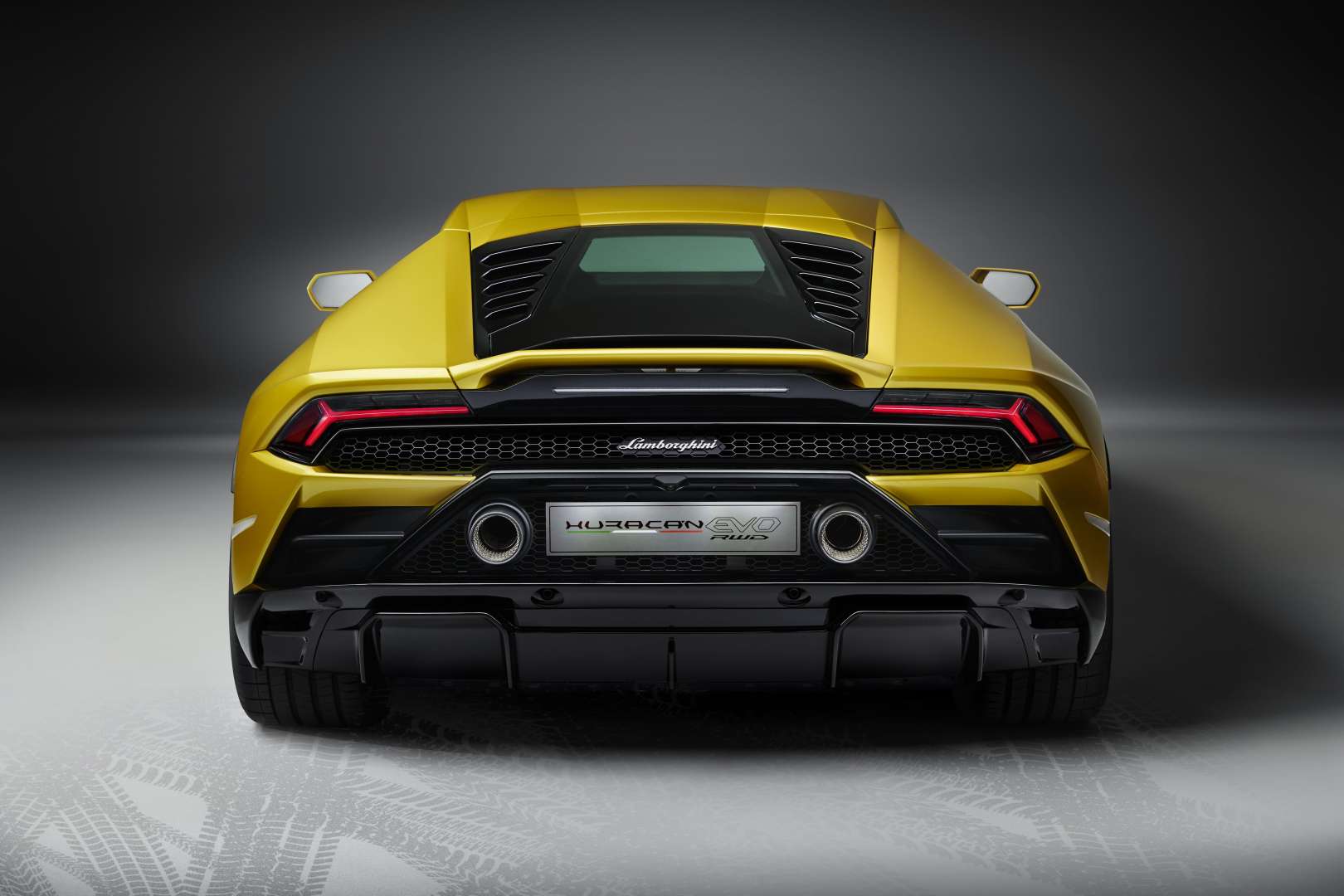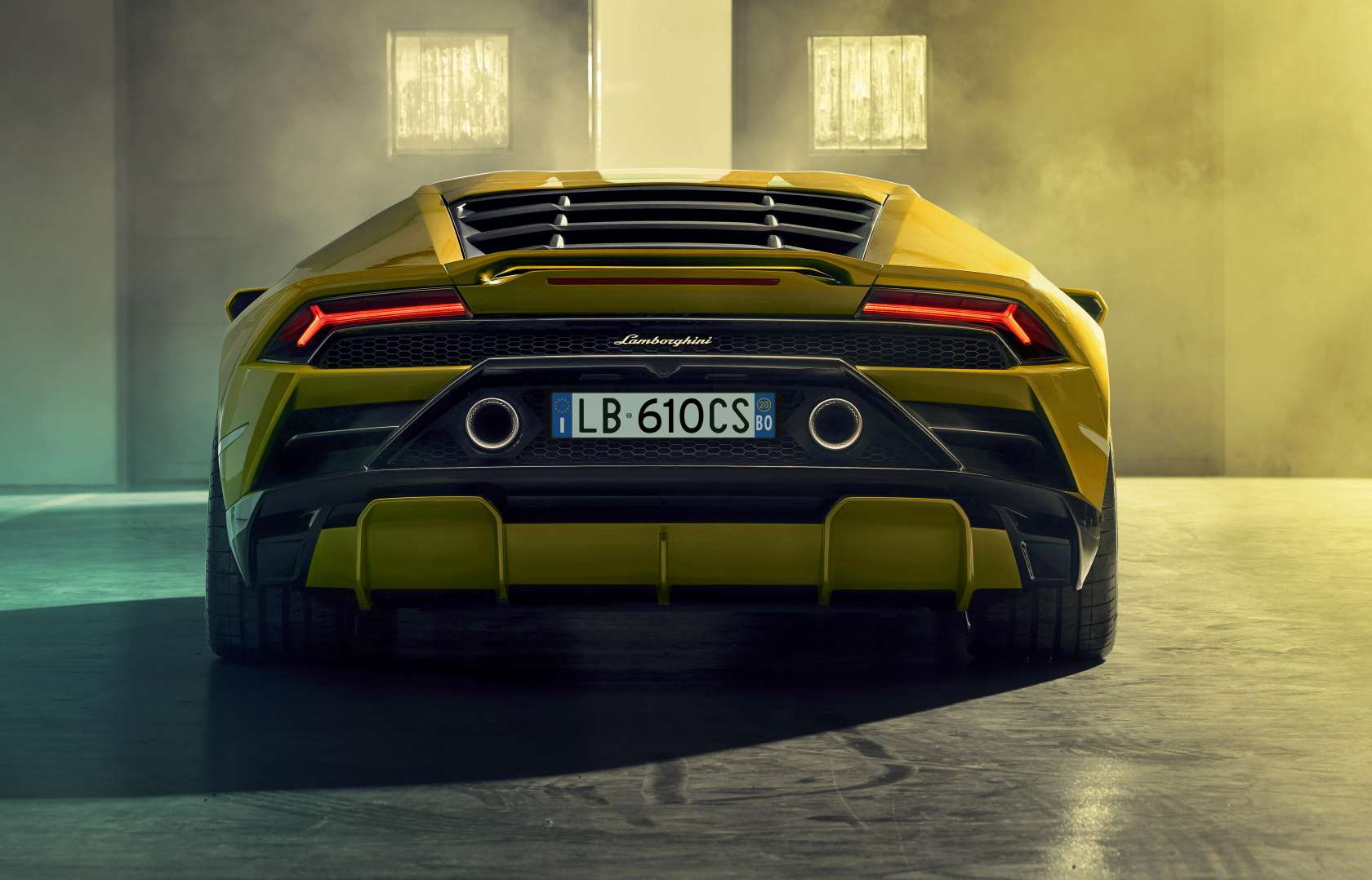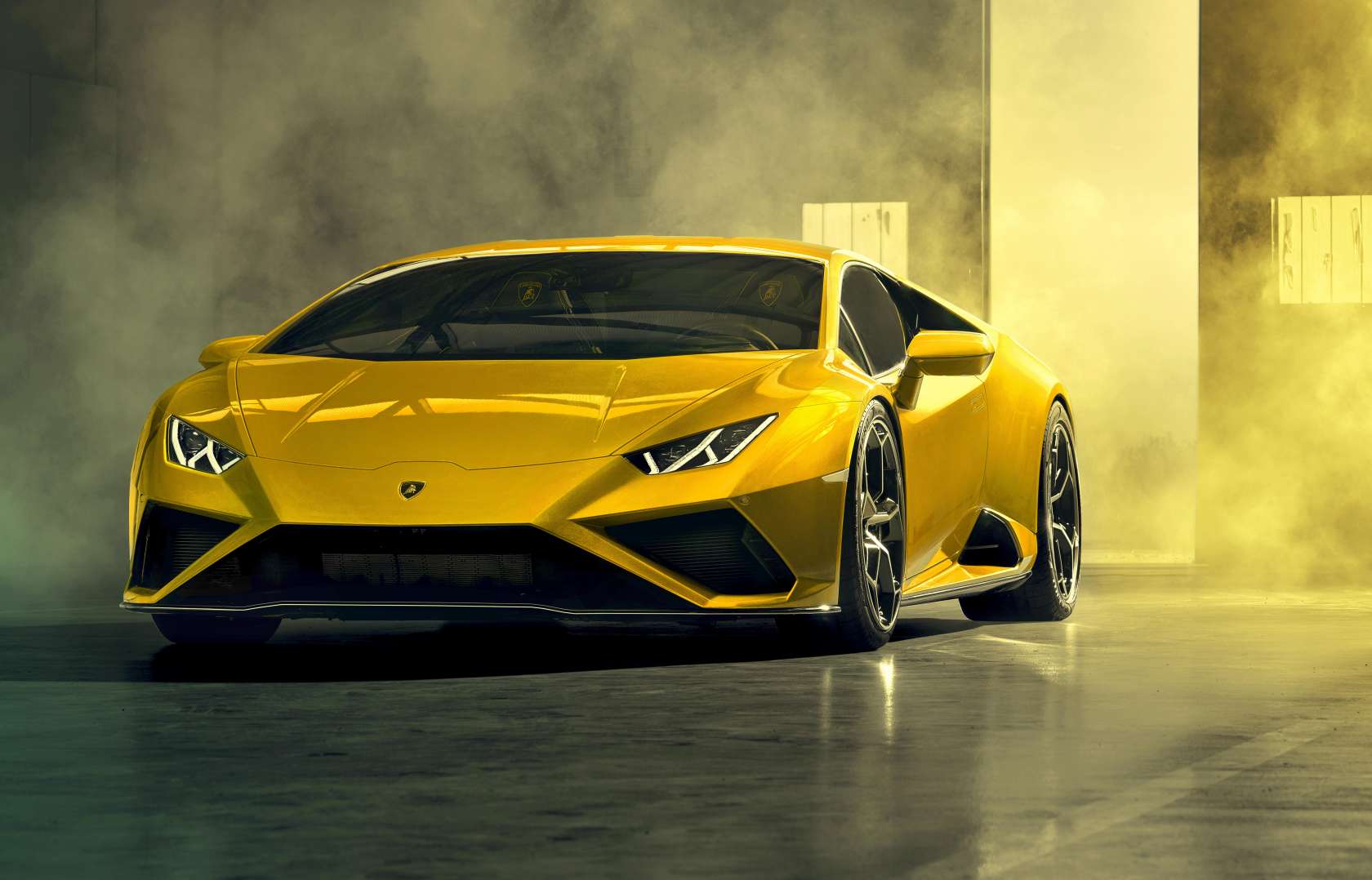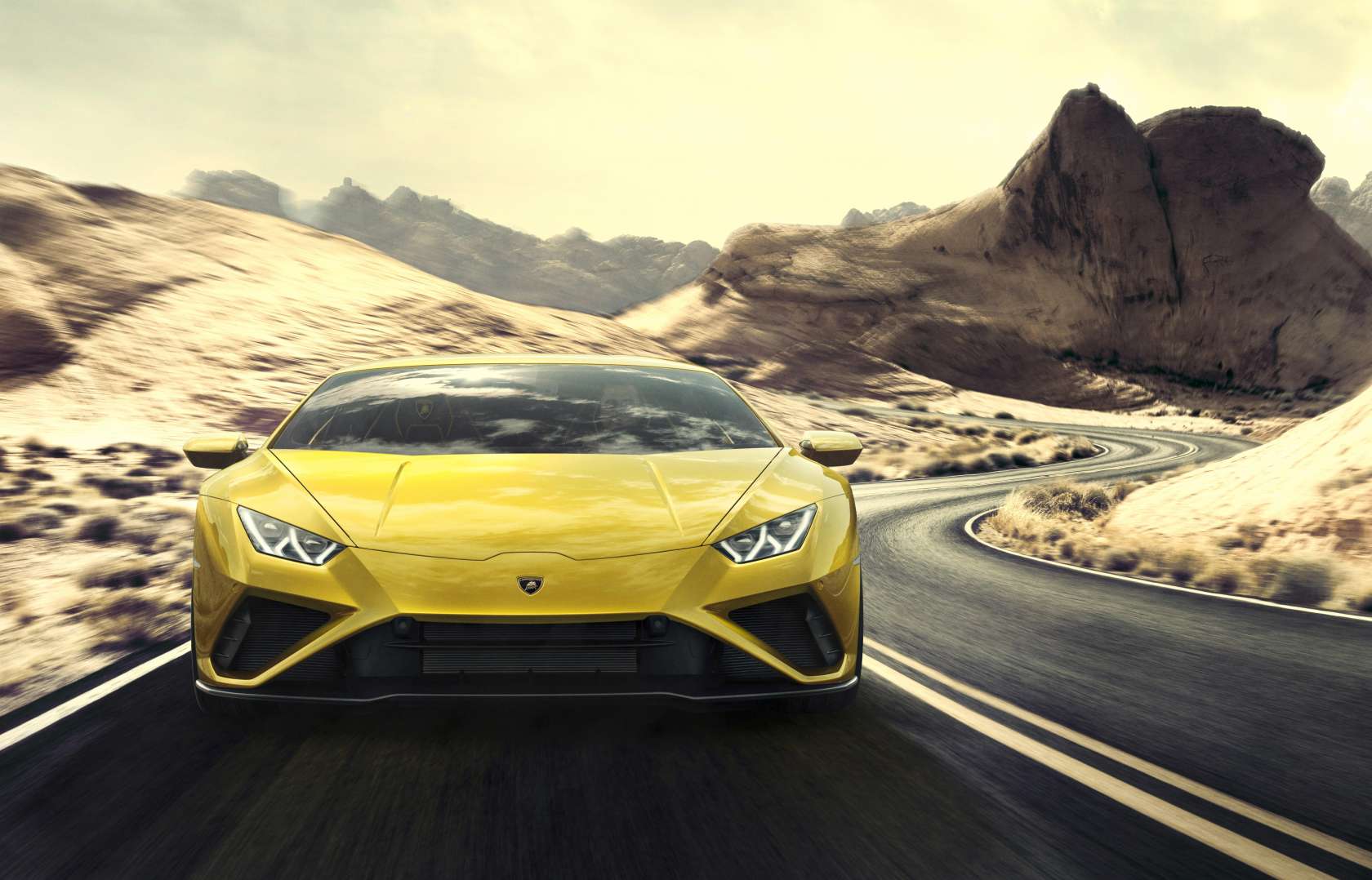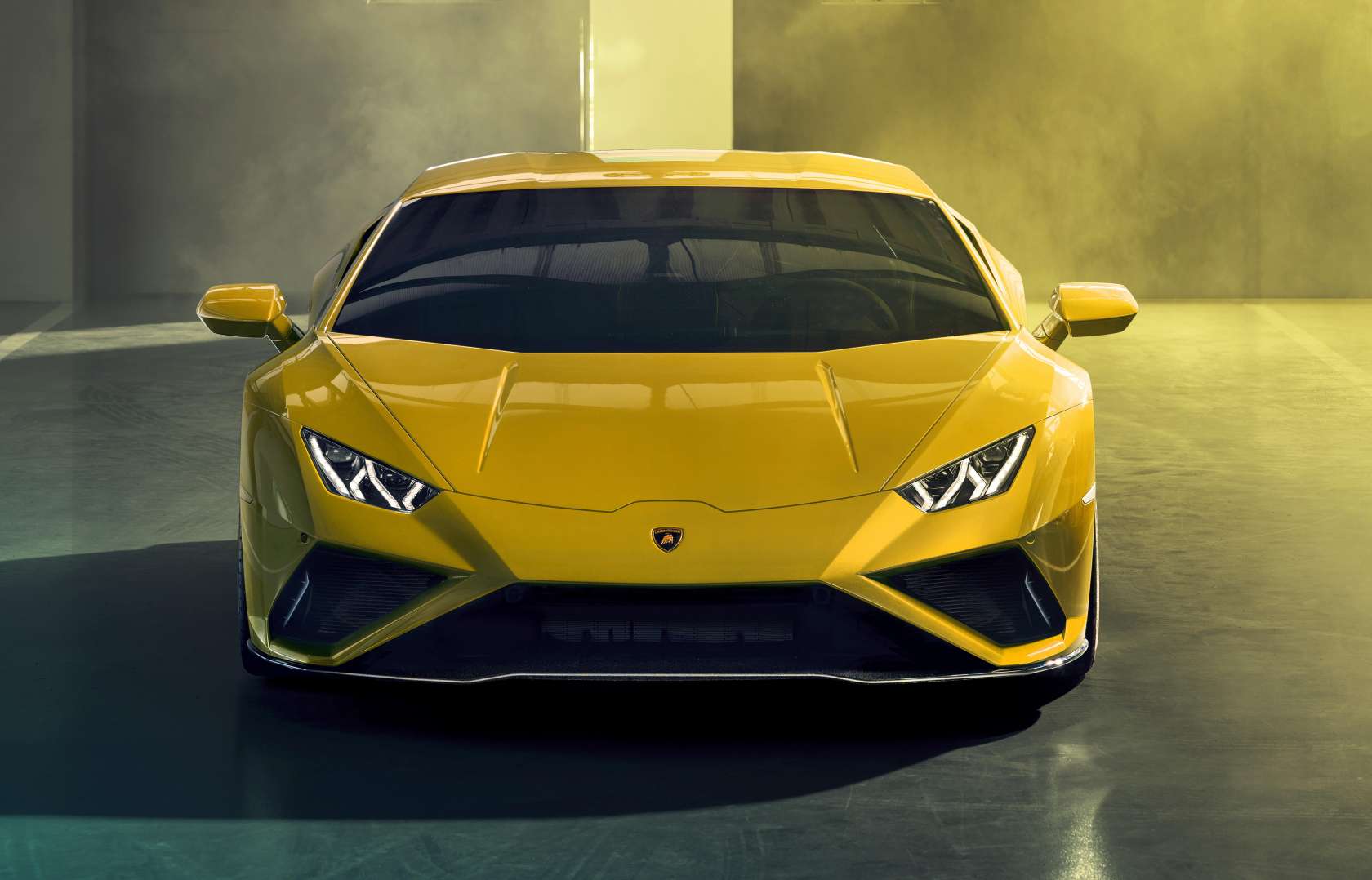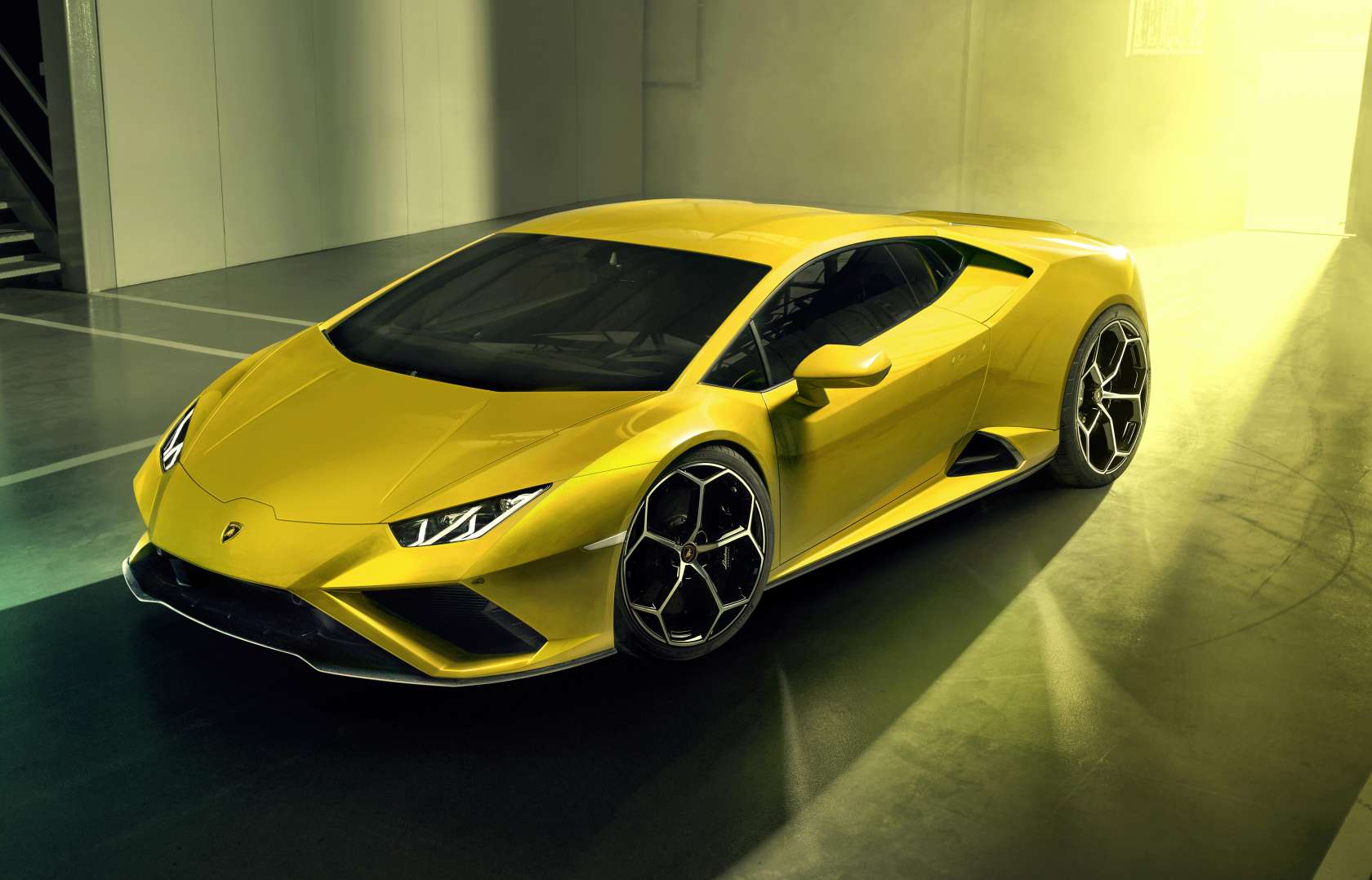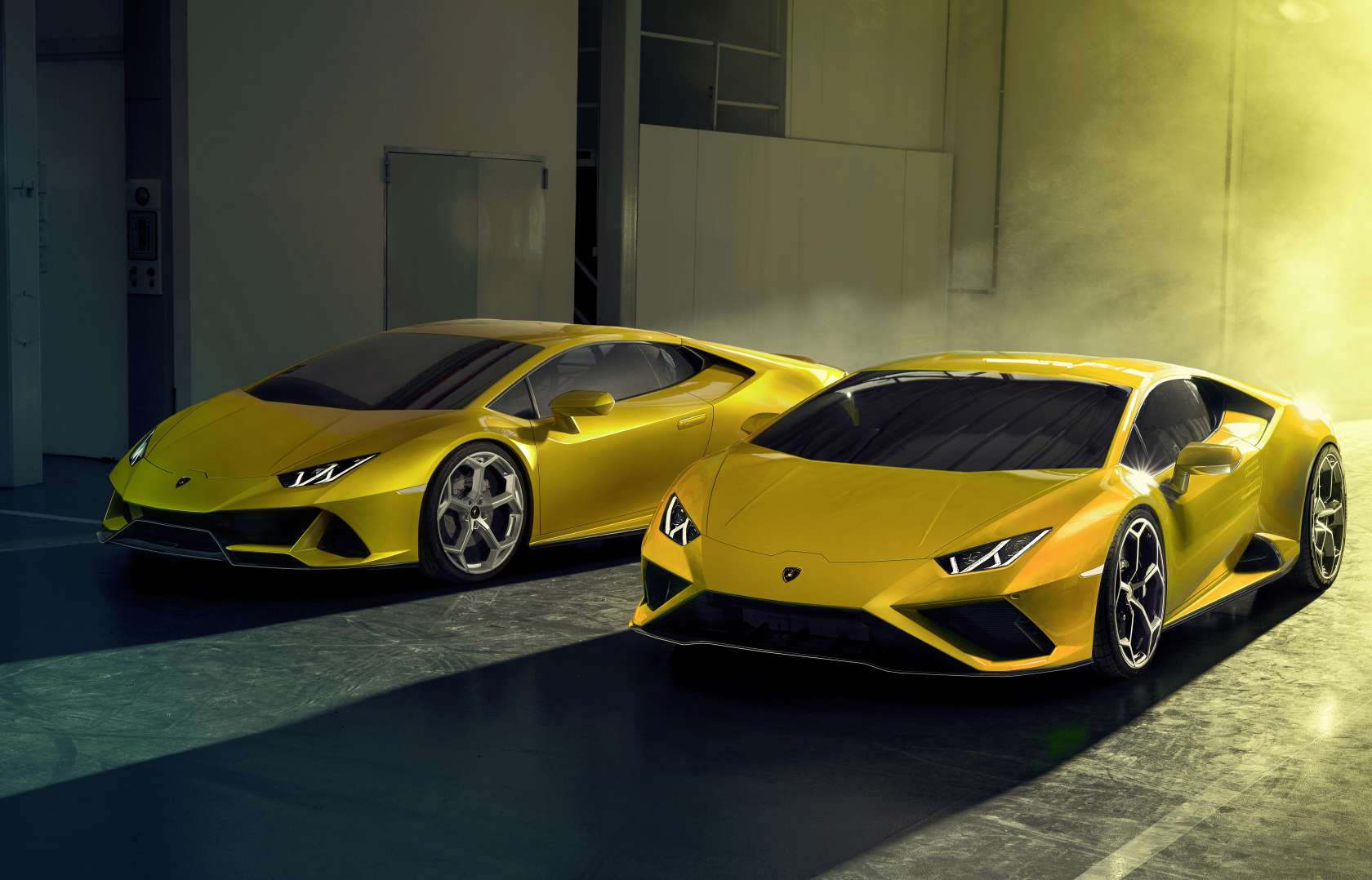The 2020 Lamborghini Huracan EVO RWD is finally here, and it may happen to be the best (not to mention the most ‘affordable’) Huracan in the lineup.
If you don’t know a lot about cars, you might be asking why a lesser Huracan is a good thing. For starters, ditching the front driveline not only means having the proper shove of an old-school supercar. It also means less weight.
In fact, the Huracan EVO rear-wheel-drive is 72 pounds lighter
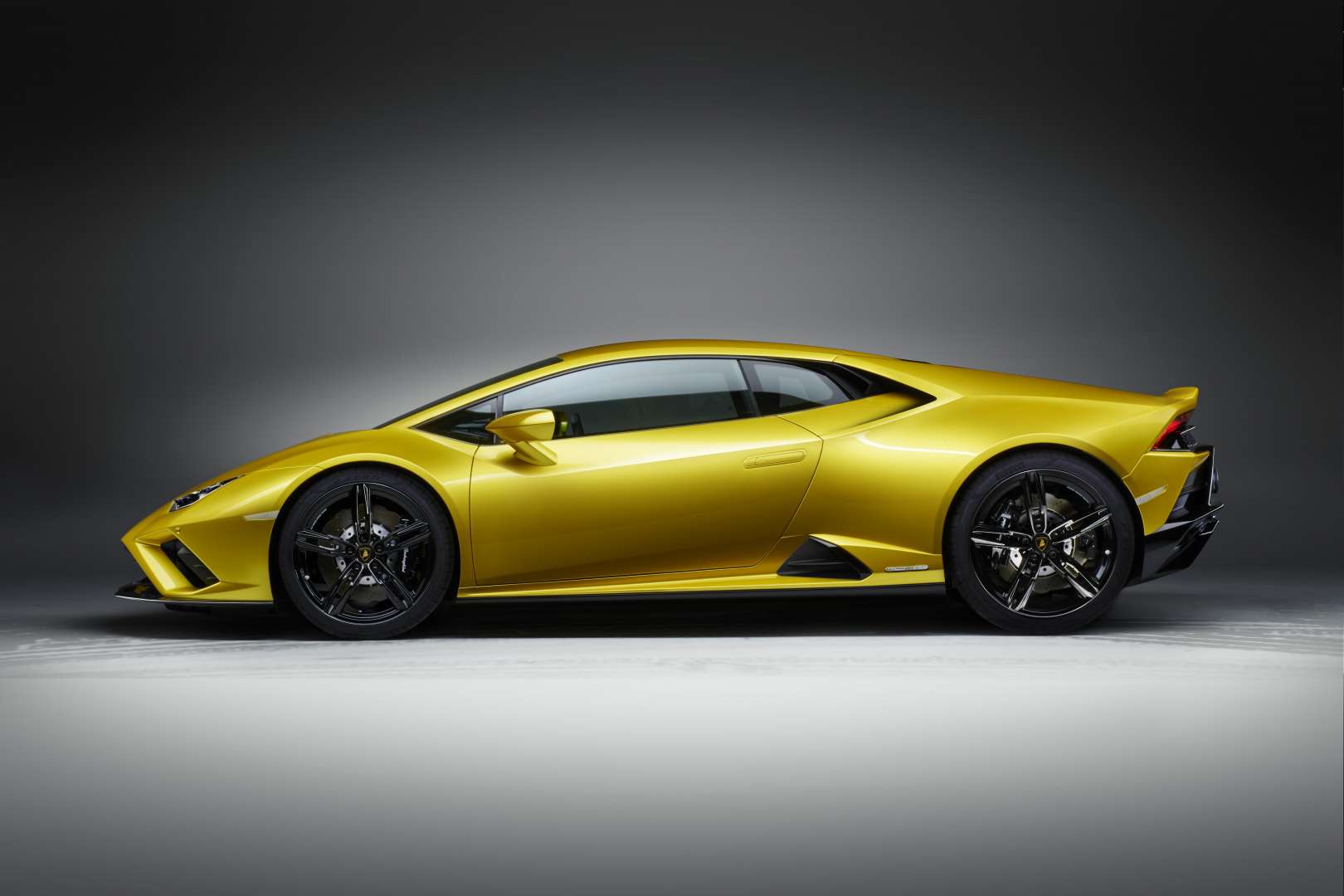
Compared to an all-wheel-drive Huracan Evo Coupe, the RWD model is 72 pounds lighter. With a dry weight of 3,062 pounds, the RWD model is essentially a more tossable rendition of the Huracan Evo.
In short, the Huracan EVO RWD is a genuine driver’s car. “The Huracán EVO rear-wheel-drive puts the car in the driver’s hands; the driving experience is delivered by the hardware,” says Stefano Domenicali, Chairman and Chief Executive Officer of Automobili Lamborghini.
“This car reminds the driver of Lamborghini’s pure engineering origins: the driver is at the center of the Huracán EVO RWD’s performance, with unfiltered feedback and an emotive and more engaging driving experience controlled by the pilot.”
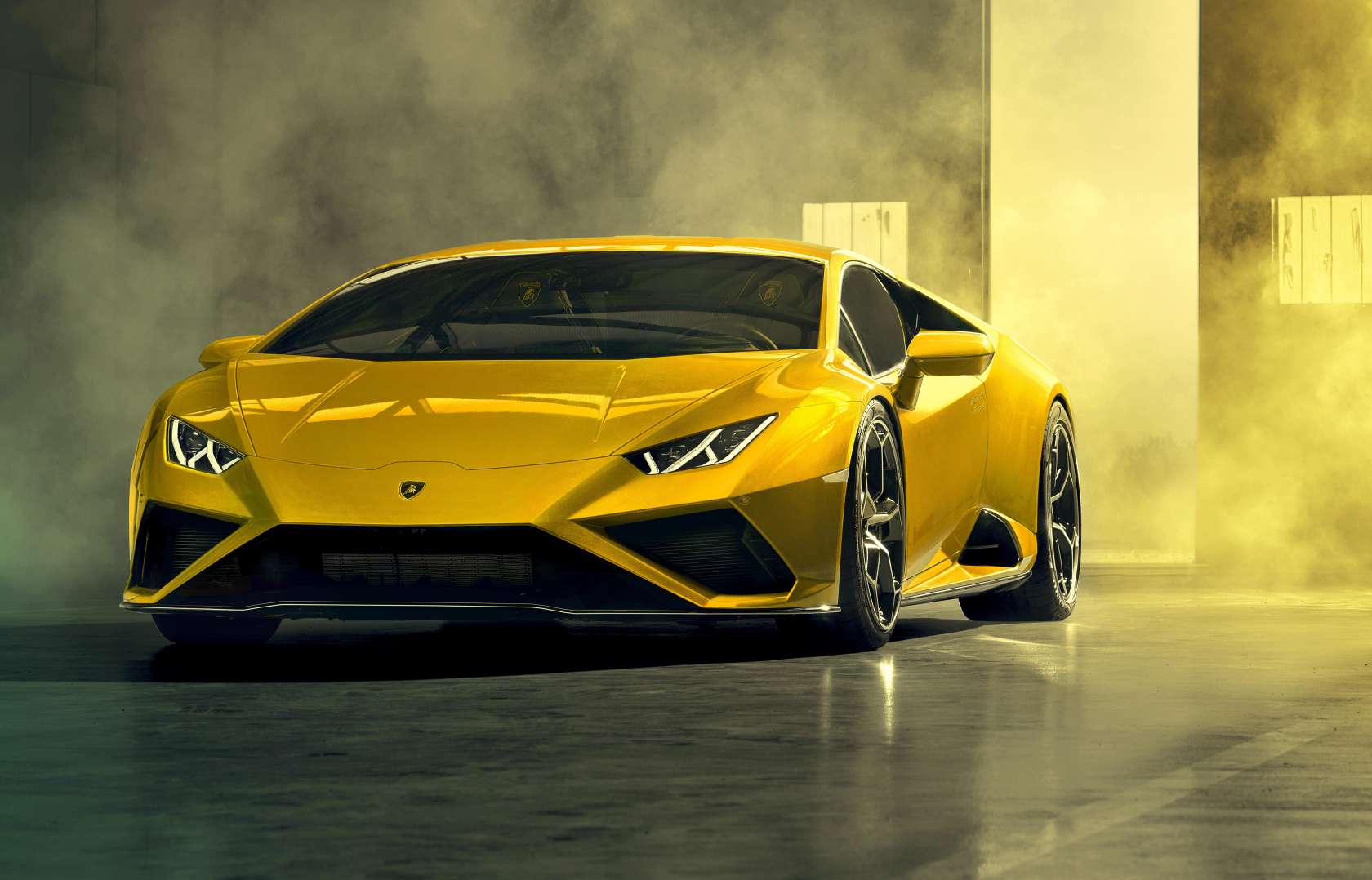
The Huracan Evo RWD makes good use of a hybrid chassis consisting of aluminum and carbon fiber. With a 40/60 weight distribution between the front and rear along with double-wishbone suspension, the Evo RWD is tuned to deliver maximum thrills.
However, lighter doesn’t necessarily mean faster
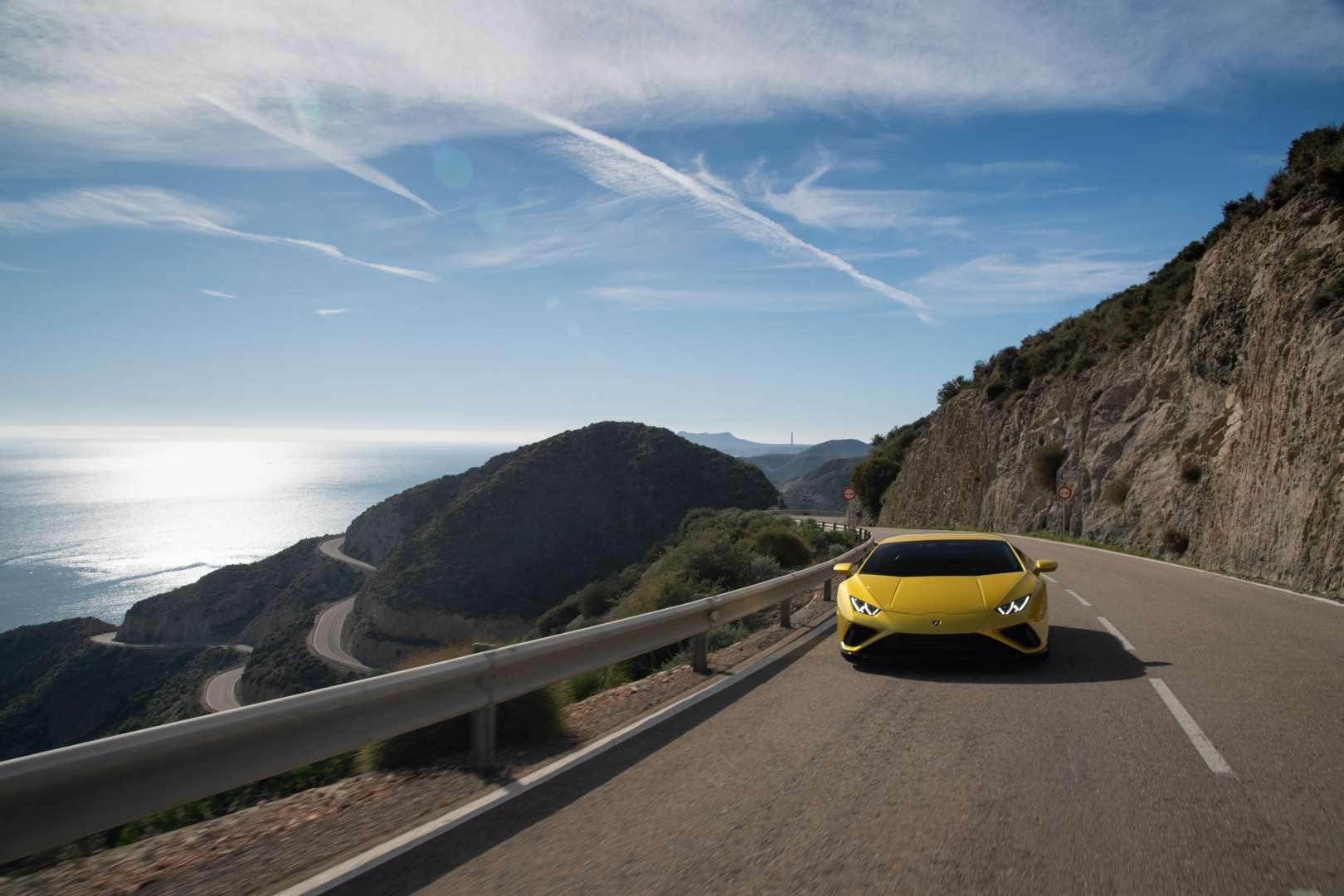
We’re not saying the new Huracan Evo rear-wheel-drive is a slowpoke. In fact, even with a detuned version of the AWD Huracan’s naturally-aspirated 5.2-liter V10 engine, the rear-wheel-drive Evo smashes the 0 to 60 mph run in 3.3-seconds along with a quoted top speed of 202 mph.
However, it pales in comparison to the Huracan Evo AWD even though both models have the same top speed. In contrast, the Huracan EVO AWD only takes 2.9-seconds to reach 60 mph.
In this case, less doesn’t necessarily mean more. But then again, the Huracan Evo RWD is not all bout straight-line speed.
It has a new traction control system

The standard Huracan Evo with all-wheel-drive is equipped with Lamborghini’s bewildering LDVI dynamics control system. It’s essentially a supercomputer that governs everything from the all-wheel steering to the torque-vectoring system to deliver telepathic handling.
But in the new Huracan EVO rear-wheel drive, the trick LDVI system is replaced by Lamborghini’s P-TCS or Performance Traction Control System. Developed and tuned specifically for the Evo RWD, this new system is touted to have a 30-percent better smoothness intervention compared to the previous Huracan AWD model.
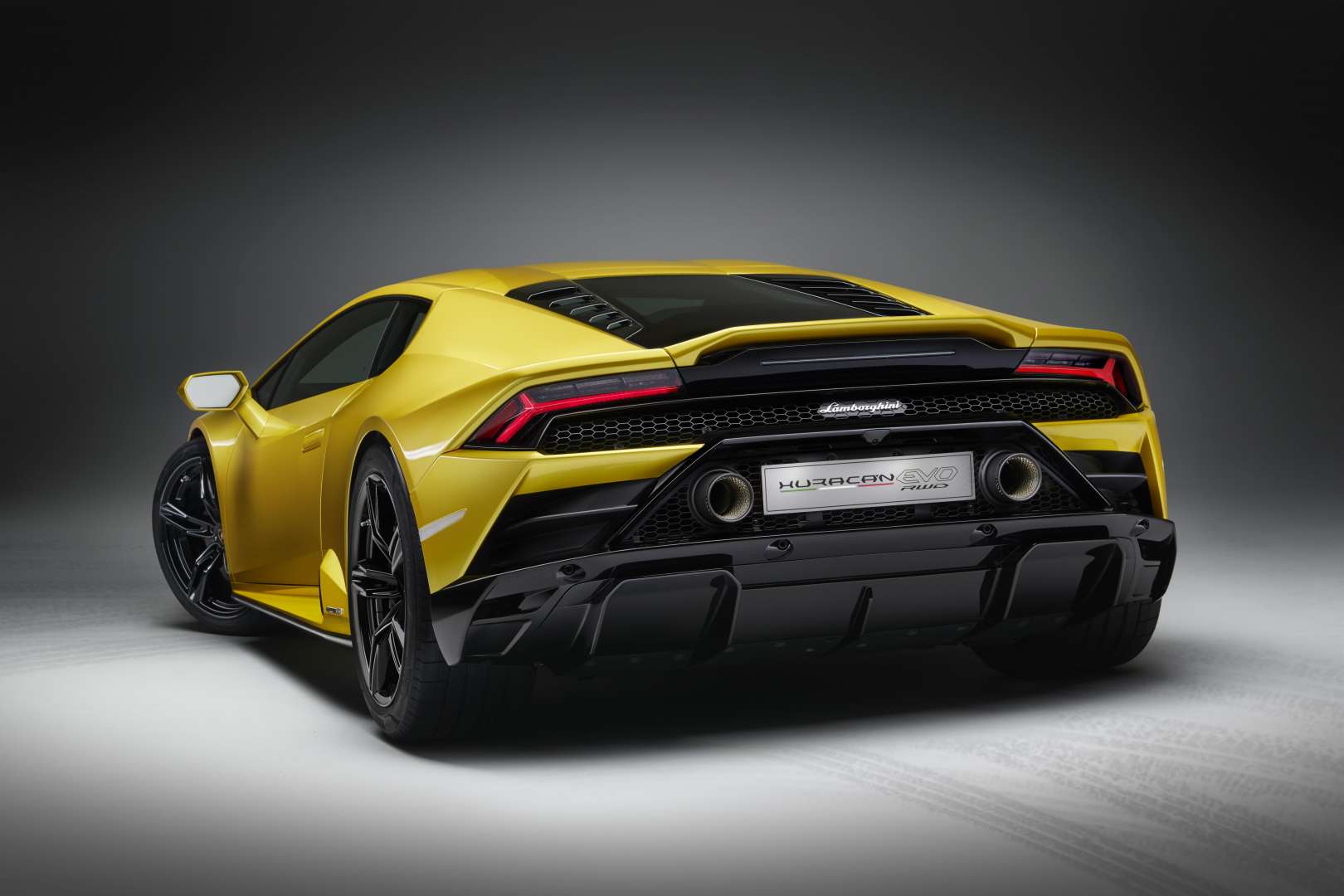
In fact, the system applies torque in advance to assure better traction when exiting a corner. Lamborghini claims a 20-percent increase in corner-exit traction while oversteer is enhanced by 30-percent.
In short, the Huracan Evo rear-wheel-drive is never short in driving fun.
V10 power is standard
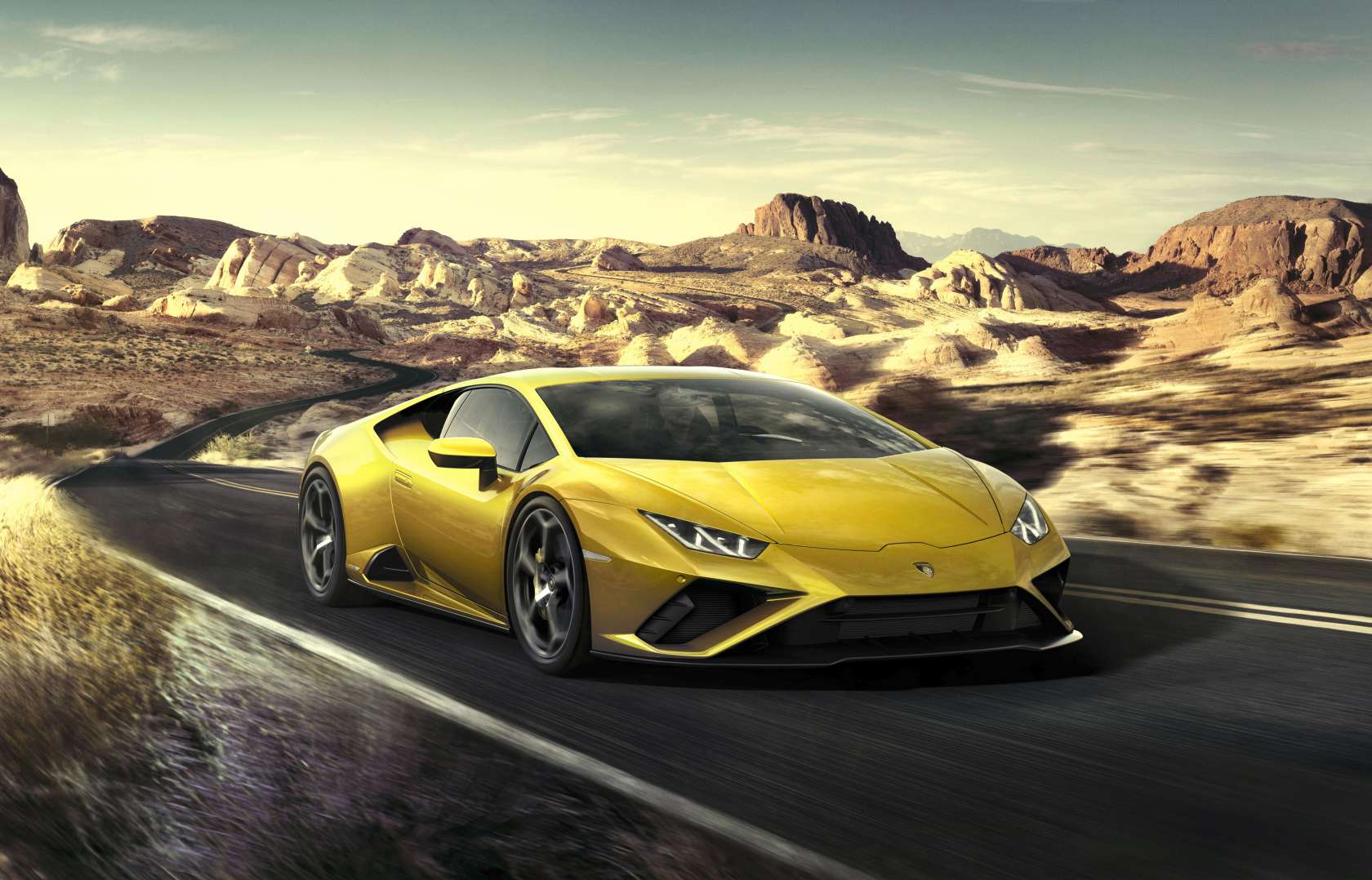
The new Lamborghini Huracan Evo RWD is equipped with the same 5.2-liter naturally-aspirated V10 motor and seven-speed dual-clutch gearbox as the Evo AWD. However, the RWD model’s V10 is detuned to produce less power.
But still, having 610 rampaging Italian horses with 413 pound-feet of torque is no hardship. Truth be told, it’s more than enough to enjoy some proper tail-happy action.
It even has unique styling cues
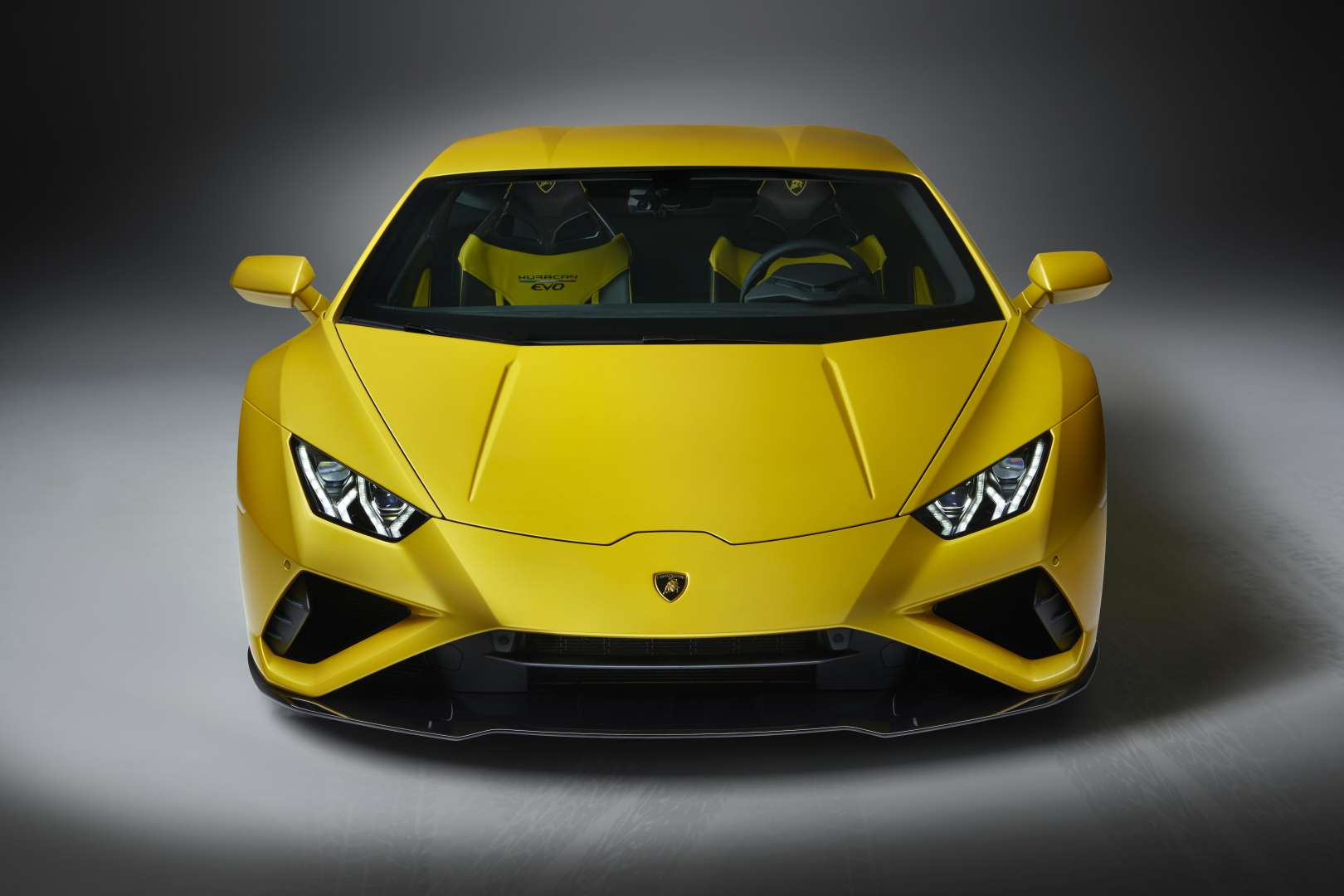
The Lamborghini Huracan Evo RWD has a new front splitter, unique vertical fins, and larger air intakes. The rear bumper also receives a new diffuser which is unique to the RWD model.
Standard features include an 8.4-inch touchscreen display with Apple CarPlay, internet connectivity, 19-inch Kari wheels wrapped in bespoke Pirelli P-Zero tires, and cross-drilled steel brakes. Larger 20-inch wheels and carbon-ceramic brakes are optional.
The 2020 Lamborghini Huracan Evo RWD starts at $208,571. If you do the math, the RWD model is around $52,000 less than an AWD Huracan Evo. The first deliveries are expected to arrive in Spring 2020.

